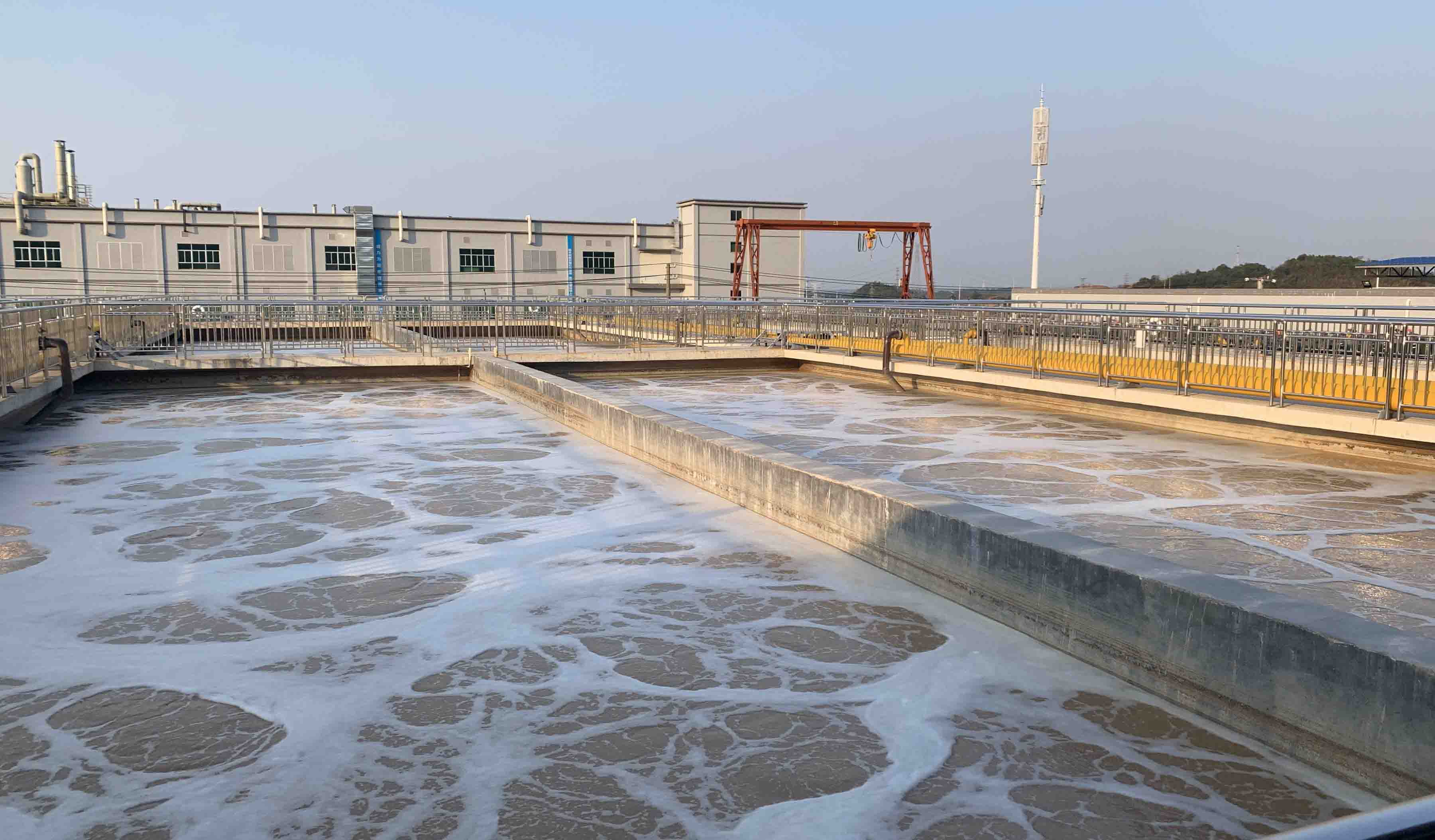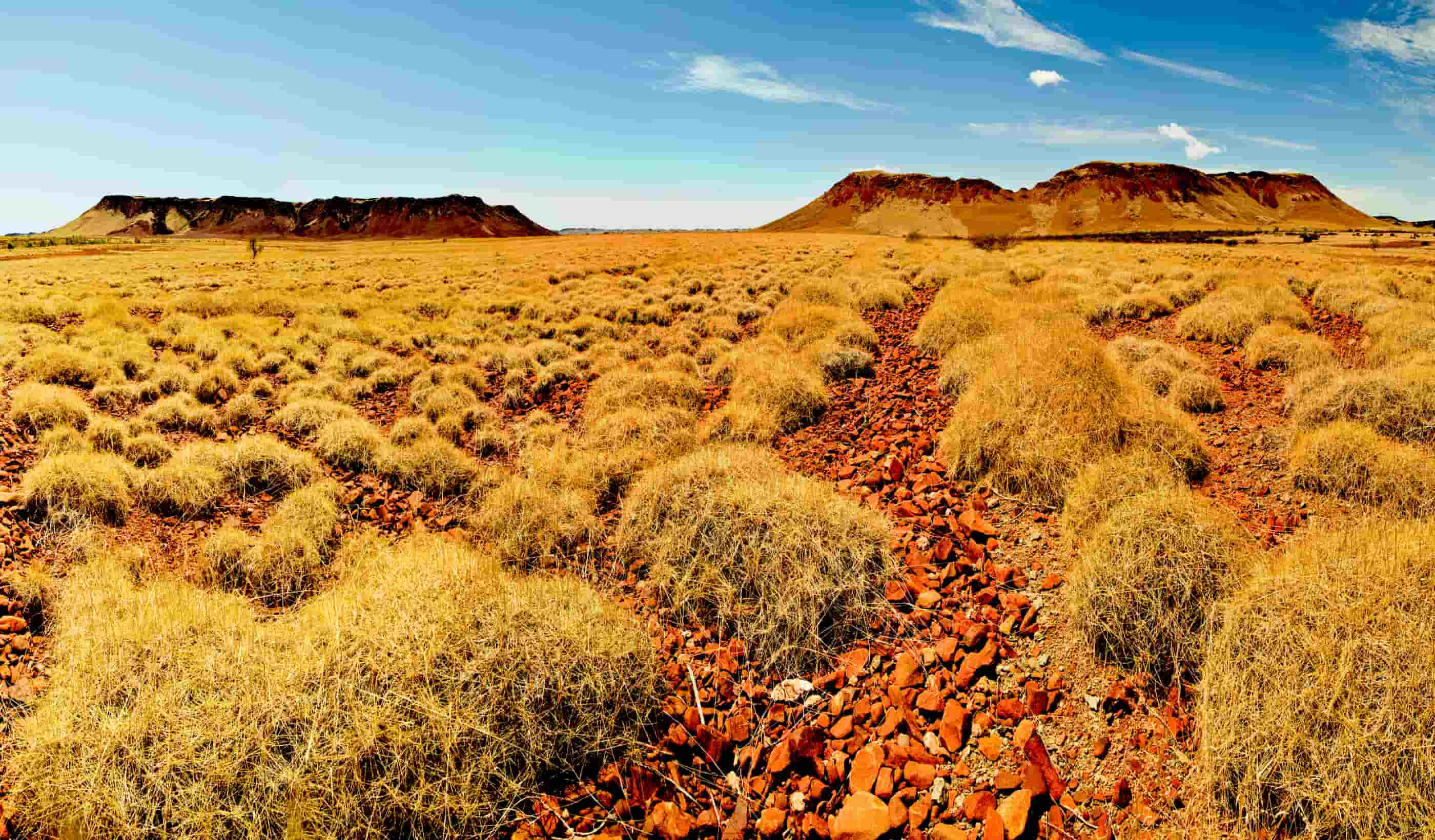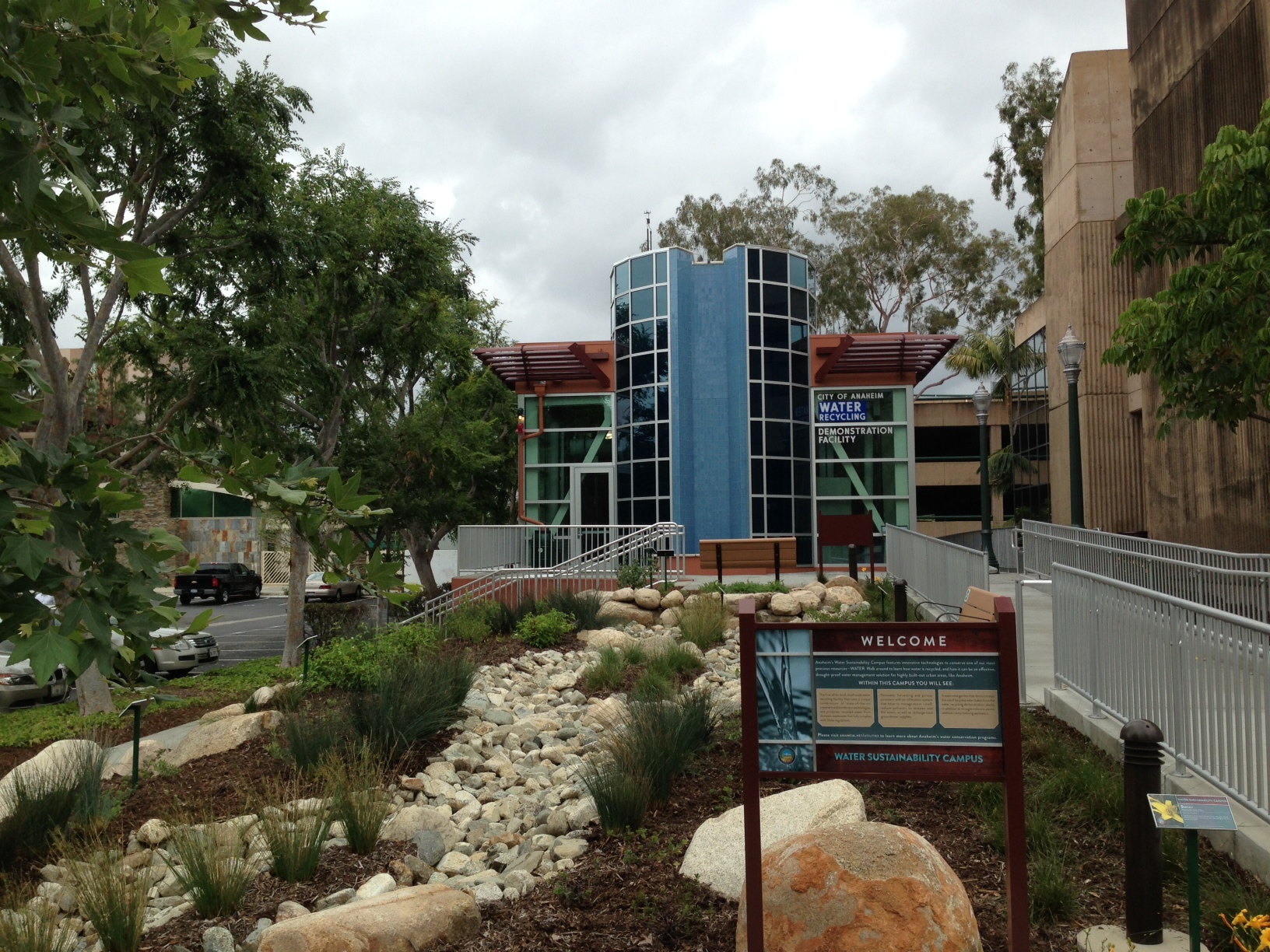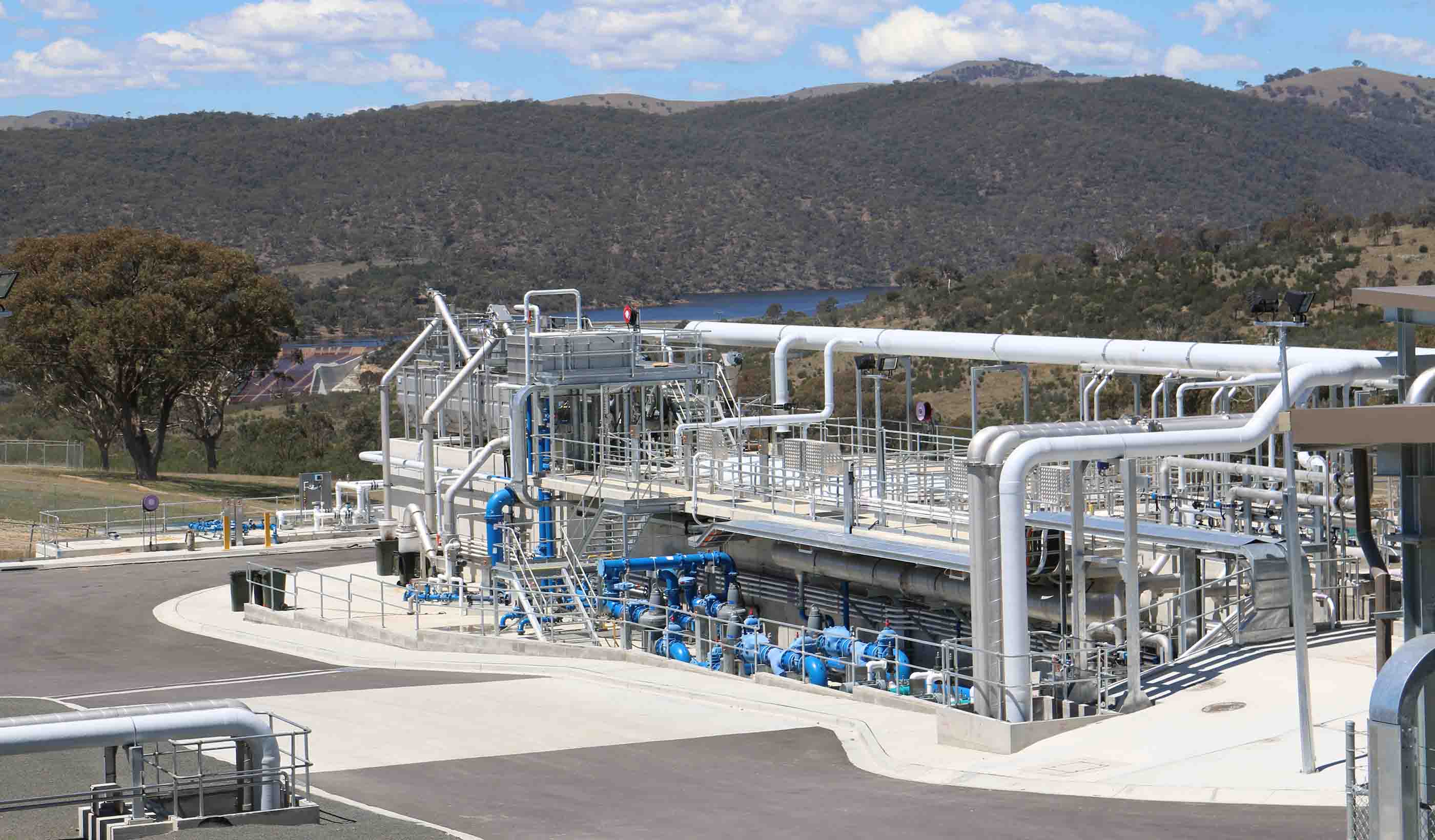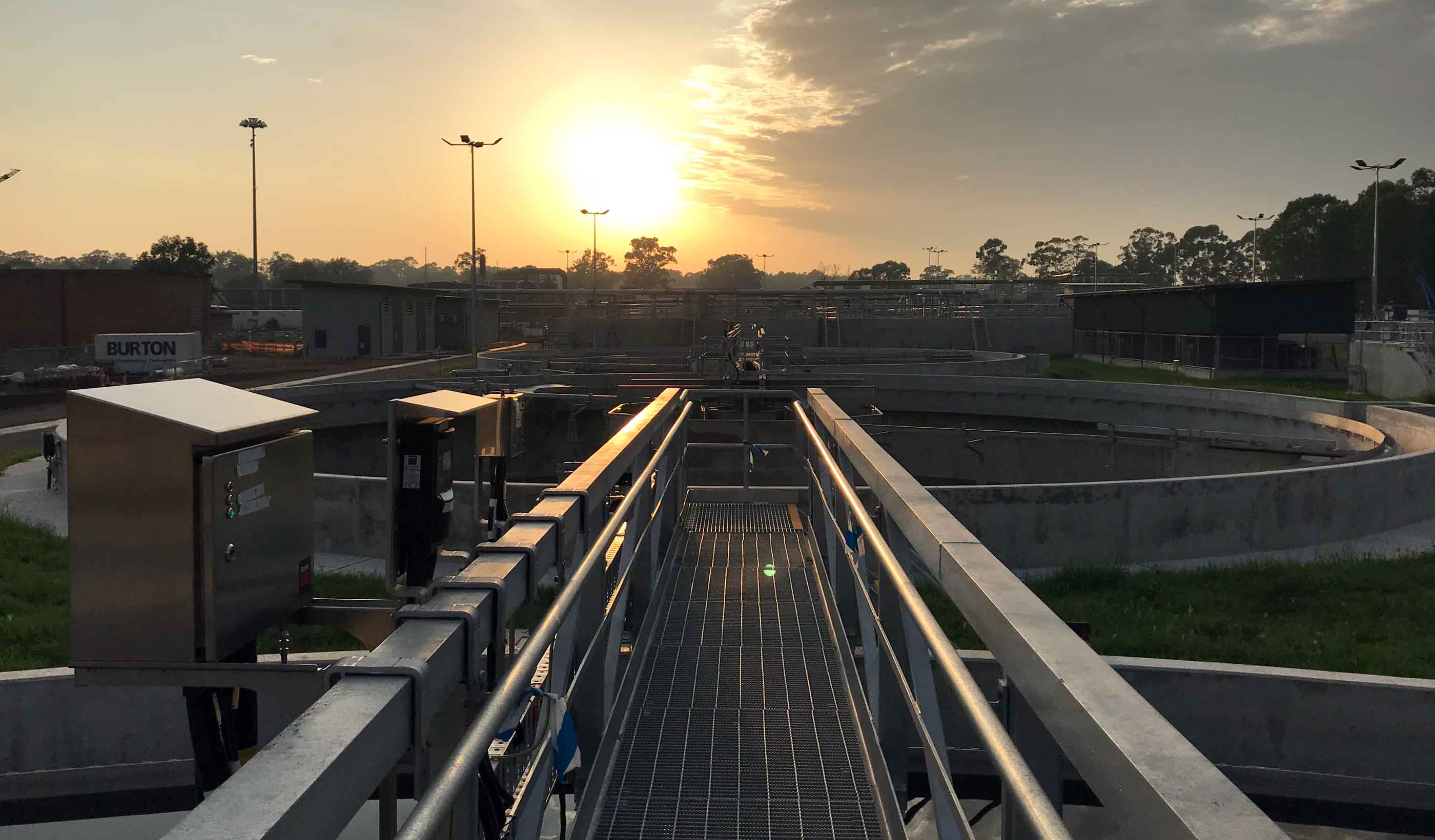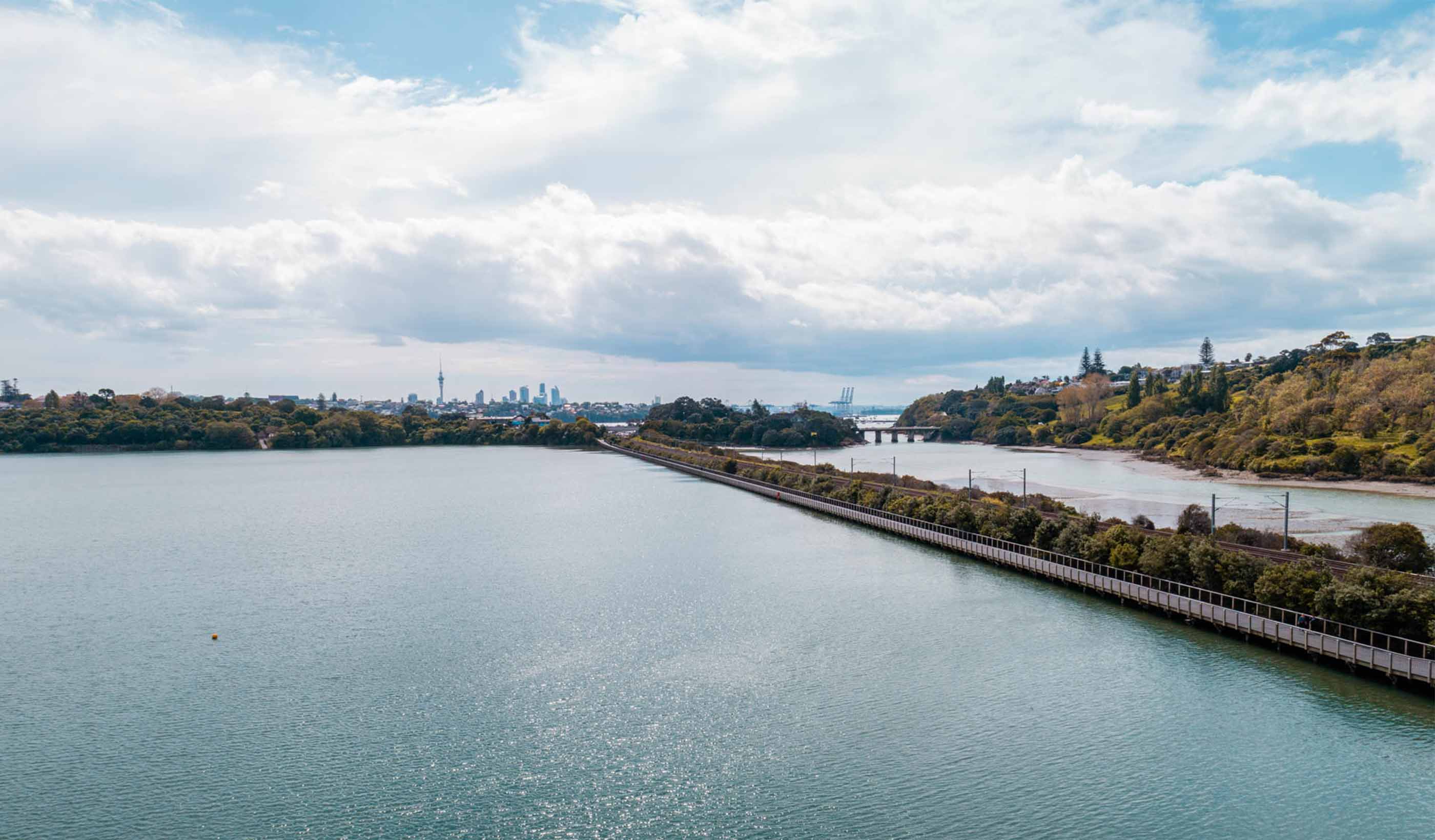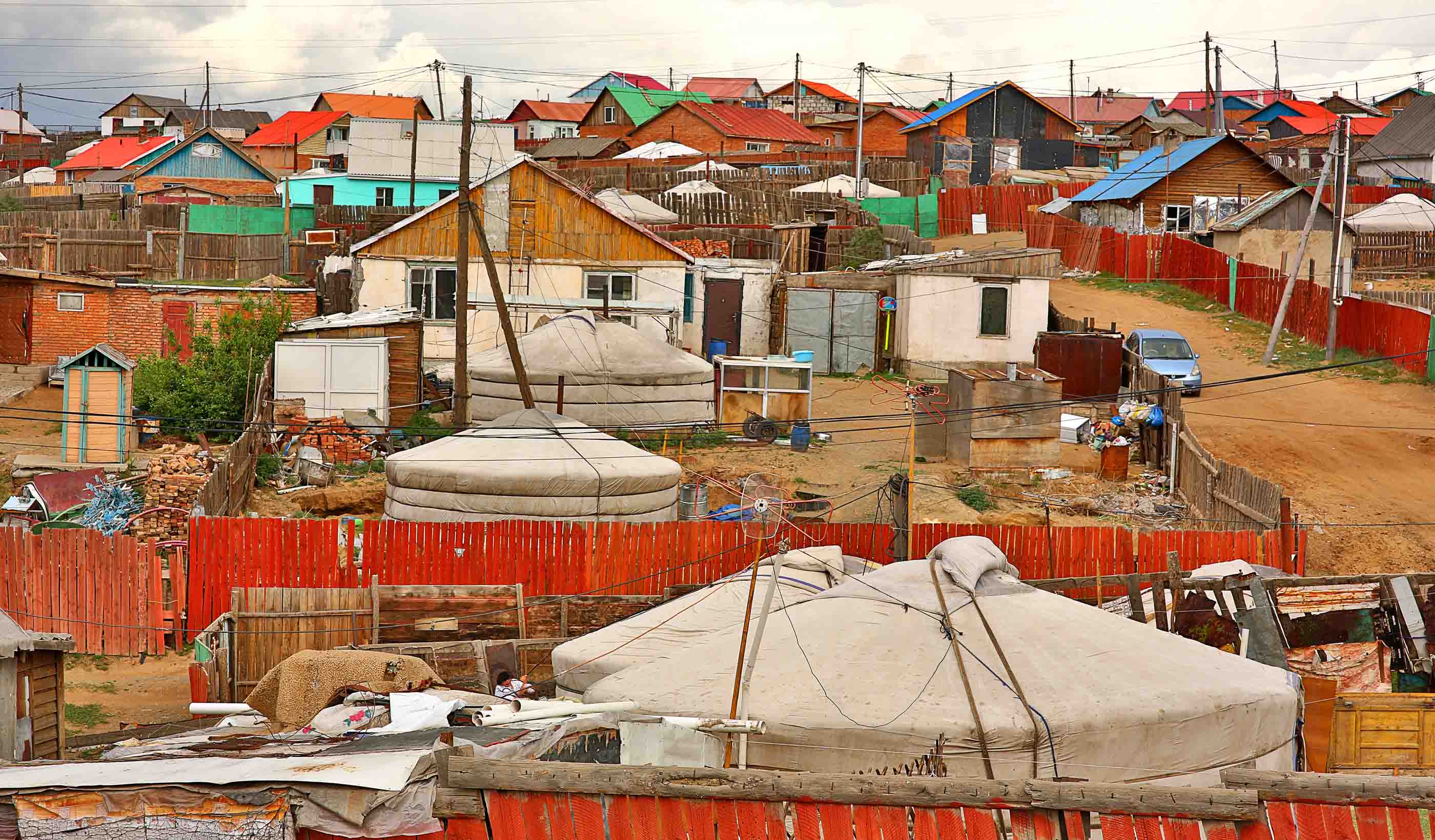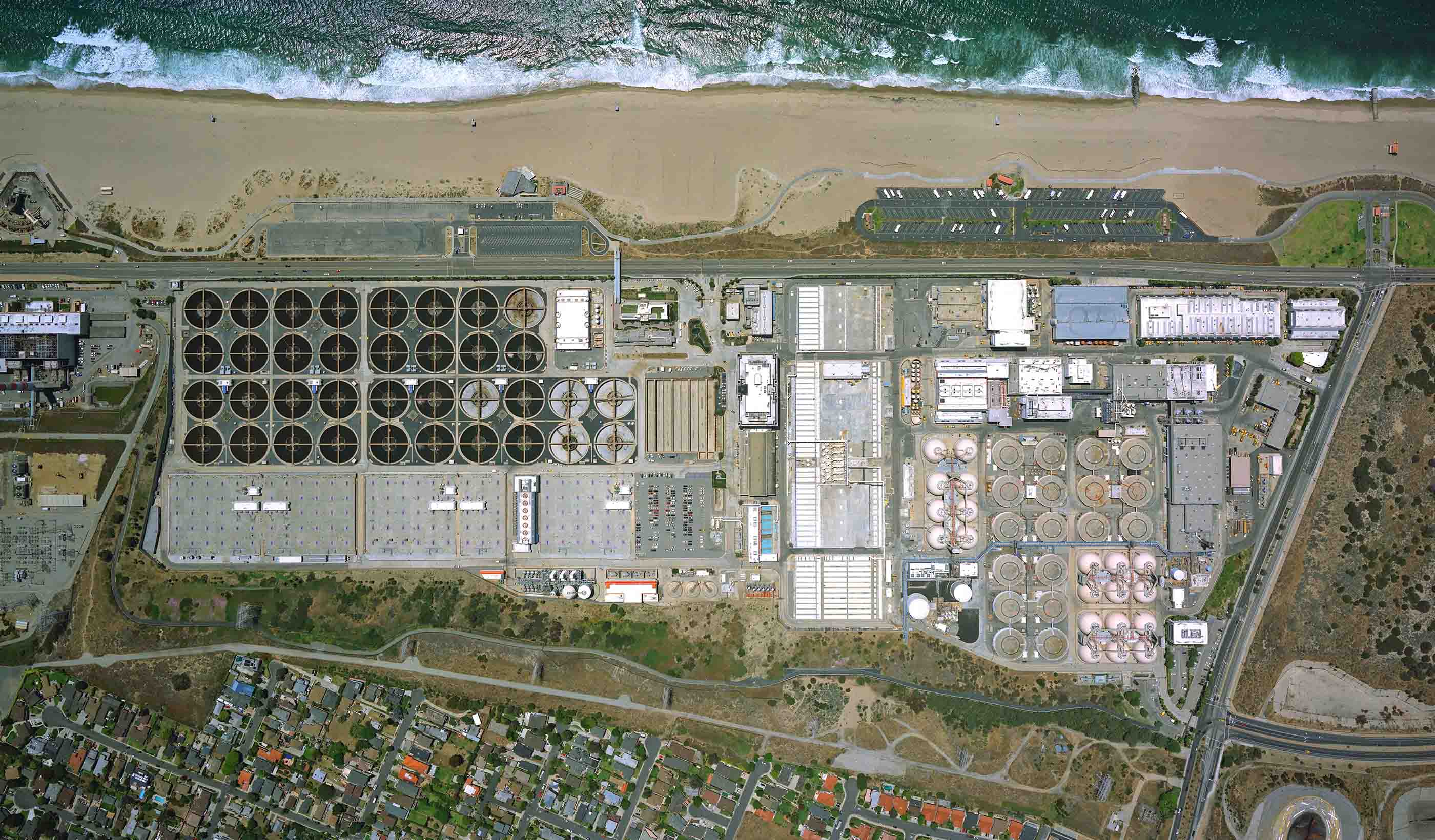- Location
- Honolulu, Hawaii
- Offices
-
-
Client
-
-
City and County of Honolulu
-
-
Partners
-
-
Joint Venture (JV) Partner
-
RM Towill Corporation (RMTC)
-
- Location
- Honolulu, Hawaii
- Offices
- Client
-
- City and County of Honolulu
- Partners
-
- Joint Venture (JV) Partner
- RM Towill Corporation (RMTC)
Share
Sand Island Wastewater Treatment Plant Upgrade - Planning and Design
Sand Island Wastewater Treatment Plant is the largest treatment facility in Hawaii and serves Honolulu and Waikiki, from East Oahu to Pearl Harbor. The City and County of Honolulu is currently responding to a consent decree to upgrade the facility to secondary treatment standards.
The plant treats an average flow of 65 million gallons per day (MGD)—246 megalitres per day (MLD)—a maximum monthly flow of 90 MGD (341 MLD), and a wet weather peak flow of 240 MGD (909 MLD), through chemically-enhanced primary treatment and UV disinfection prior to ocean discharge. The plant is undergoing construction of a 20 MGD (76 MLD) membrane bioreactor (MBR) process as Phase 1 of the secondary expansion. Along with our joint venture partner, RM Towill Corporation, we’re completing the planning phase and entering the design phase of the Phase 2 expansion to achieve complete secondary treatment, employing aerobic granular sludge (AGS) in a dual system with the MBR process.
Phase 2 will include peak flow equalization, upgrades to preliminary and primary treatment, and expanded solids treatment to manage the additional waste-activated solids generated by the new dual secondary process train. Additionally, Phase 2 includes an organic waste sustainability plan (OWSP) that focuses on sustainable approaches to use feedstocks, such as fats, oils, grease, and commercially-available food waste to supplement anaerobic digestion—creating opportunities for reducing greenhouse gas emissions and producing green power through cogeneration.
- Location
- Honolulu, Hawaii
- Offices
-
-
Client
-
-
City and County of Honolulu
-
-
Partners
-
-
Joint Venture (JV) Partner
-
RM Towill Corporation (RMTC)
-
- Location
- Honolulu, Hawaii
- Offices
- Client
-
- City and County of Honolulu
- Partners
-
- Joint Venture (JV) Partner
- RM Towill Corporation (RMTC)
Share
Bob Armstrong, Project Development Leader
I enjoy working with our clients’ staff—from operations to engineering—to learn about their issues and deliver purposeful solutions.
Heather Stephens, Senior Principal, Regional Practice Leader, Wastewater
I’m passionate about working as a team to foster creativity and arrive at better solutions together than we could come up with individually.
Sarang Agarwal, Civil Engineer
I’m passionate about working in the wastewater and the water treatment field—I feel like I’m part of the community I serve.
Dru Whitlock, Vice President, Global Practice Leader, Biosolids & Energy Recovery
Organics is evolving—we’re closing the loop on wastes, creating renewable energy, and radically reducing greenhouse gases.
Katerina (Kat) Messologitis, Process Engineer
The heart of my work centers around people—I’m driven to give back to communities to make clean water access more equitable.
Loren Haug, Water/Wastewater Engineer
Engineering is teamwork—so take every opportunity to learn, grow, and develop lasting relationships.
We’re better together
-
Become a client
Partner with us today to change how tomorrow looks. You’re exactly what’s needed to help us make it happen in your community.
-
Design your career
Work with passionate people who are experts in their field. Our teams love what they do and are driven by how their work makes an impact on the communities they serve.
